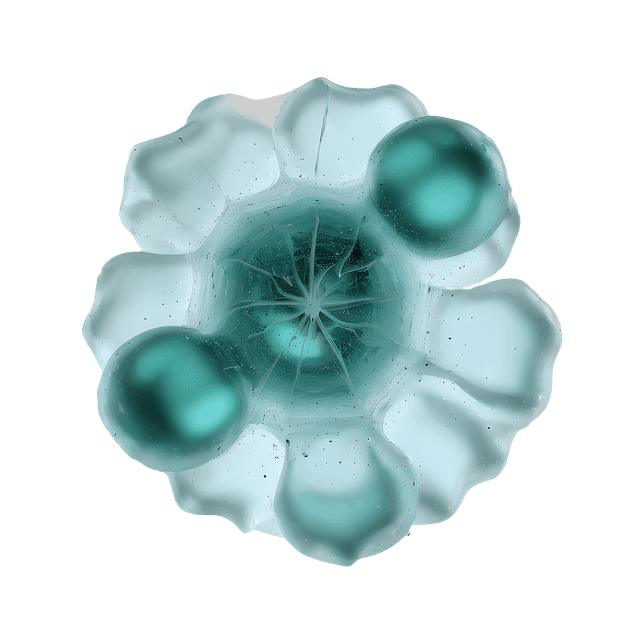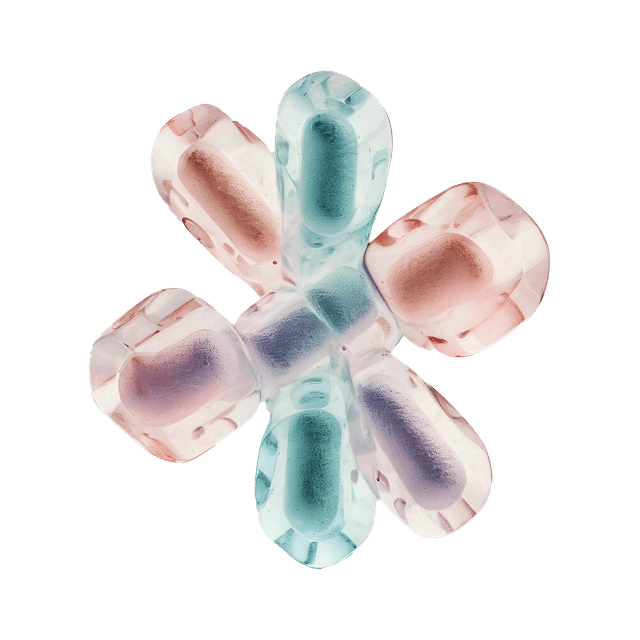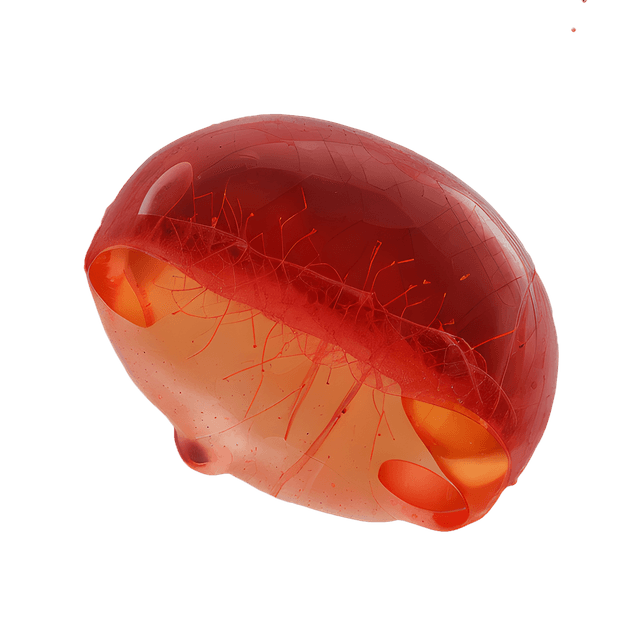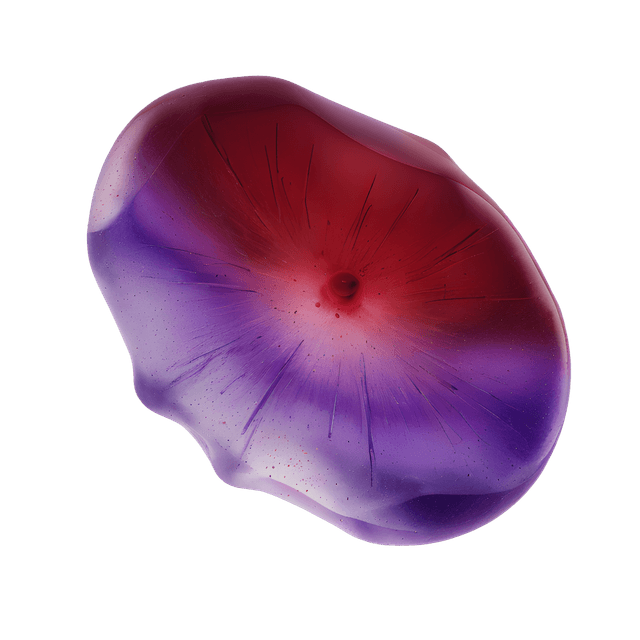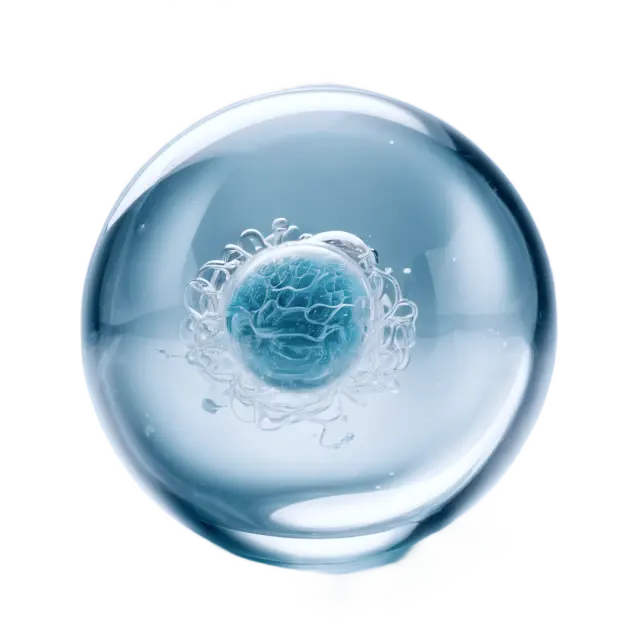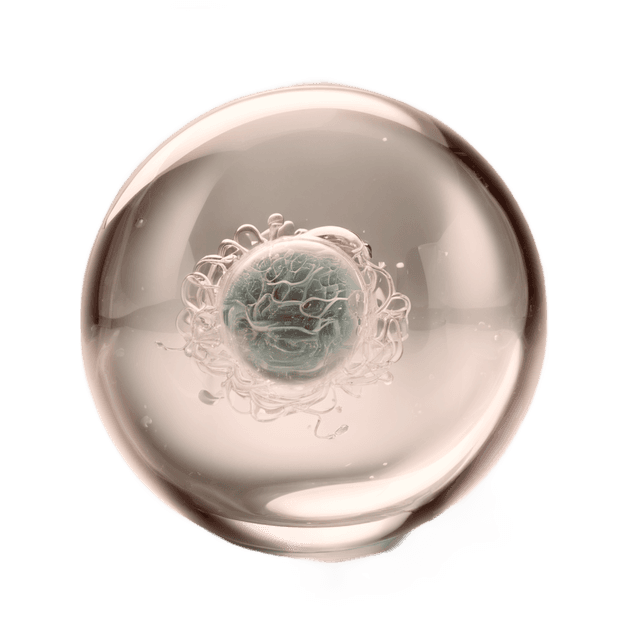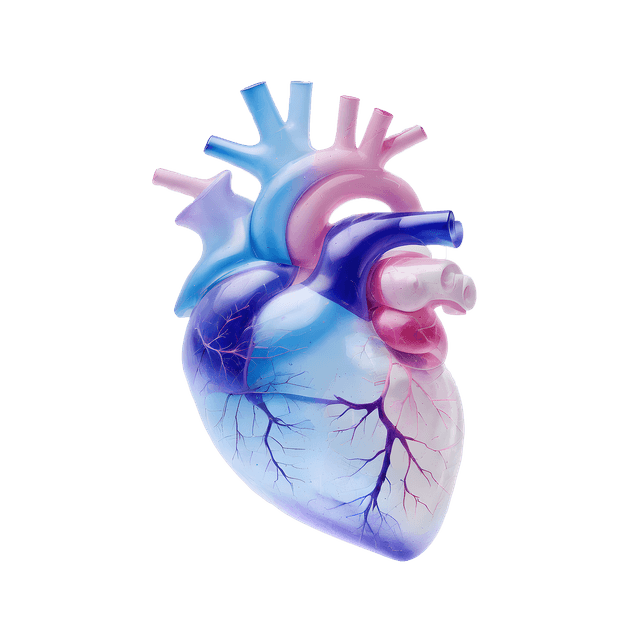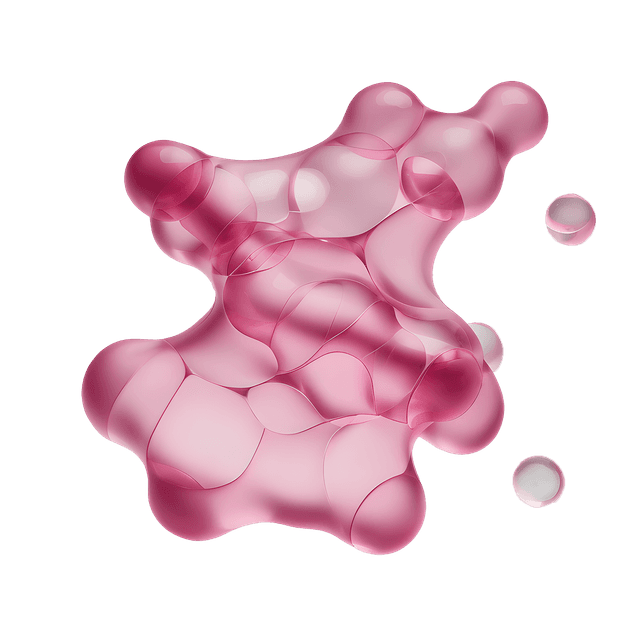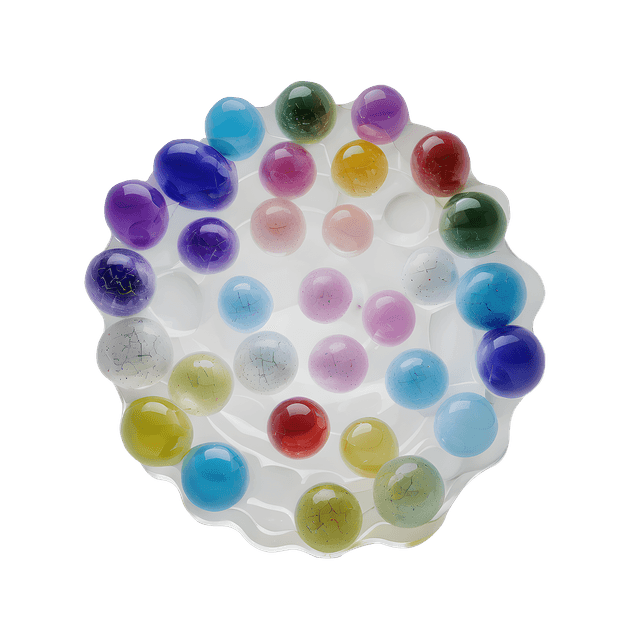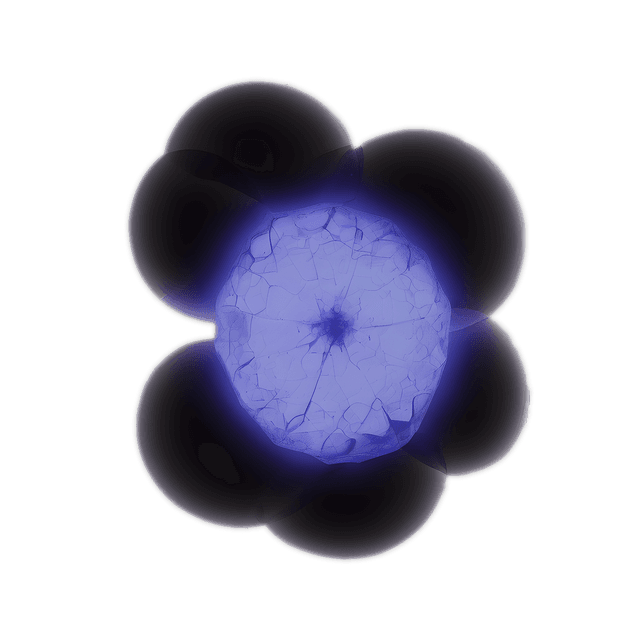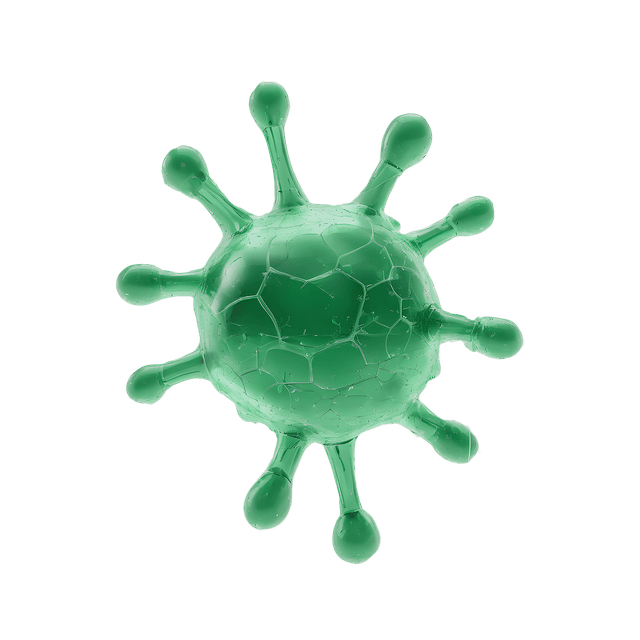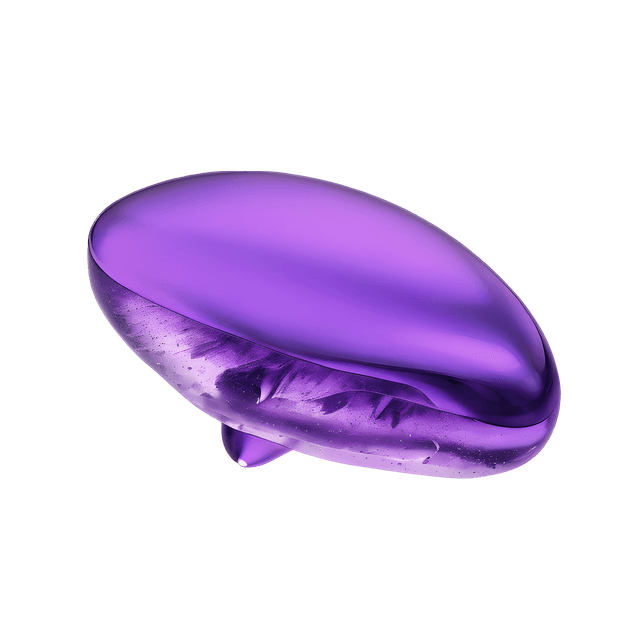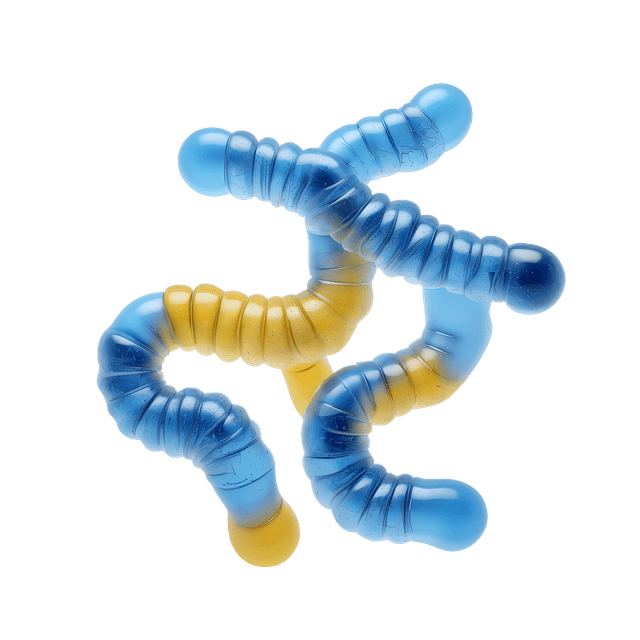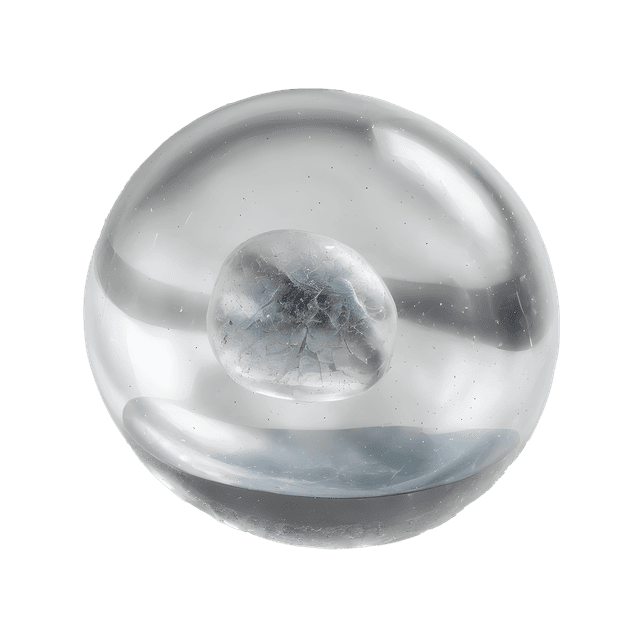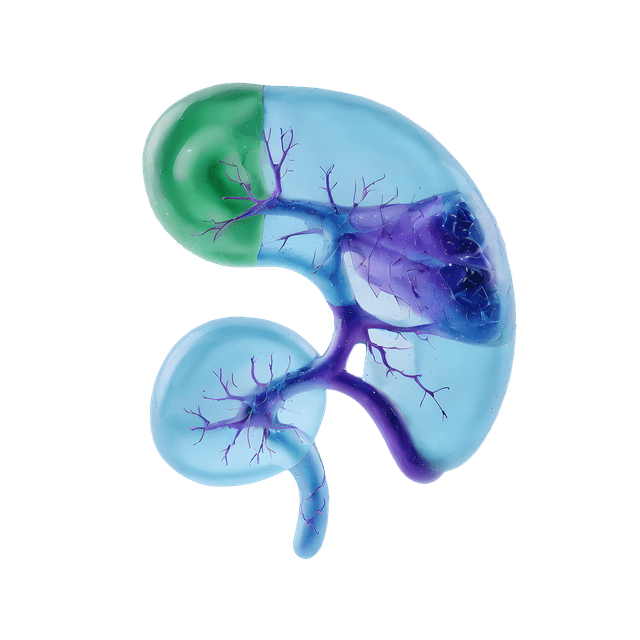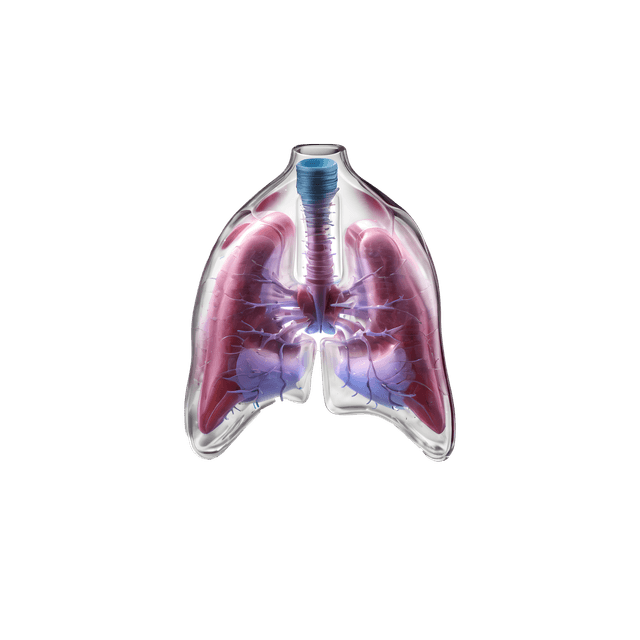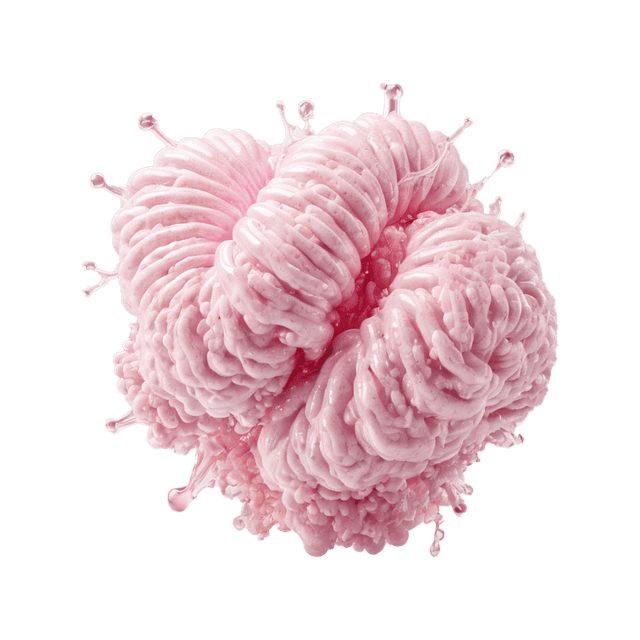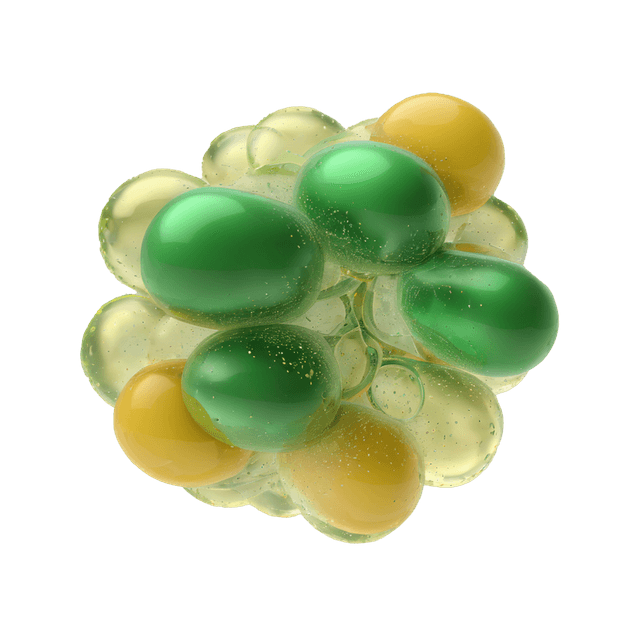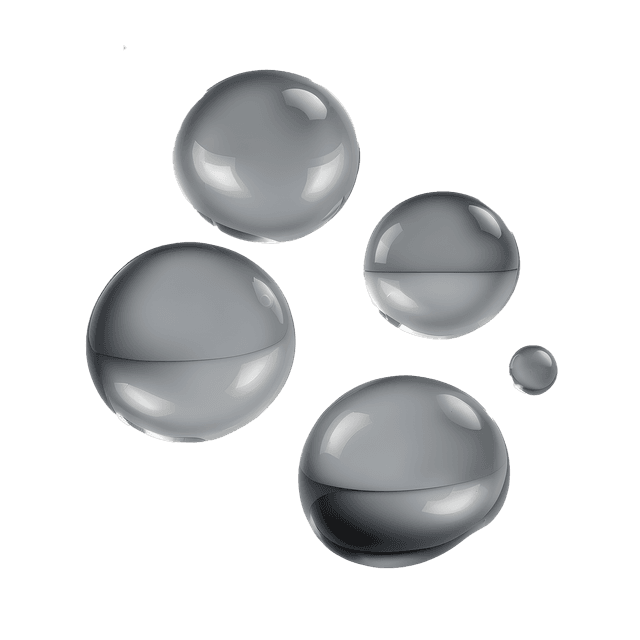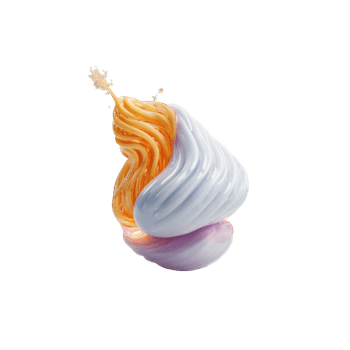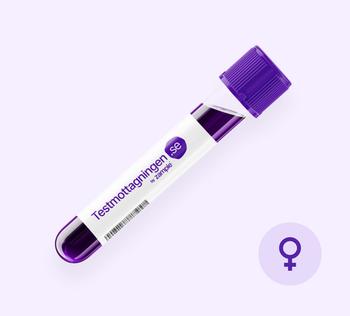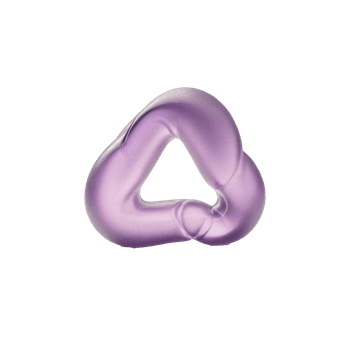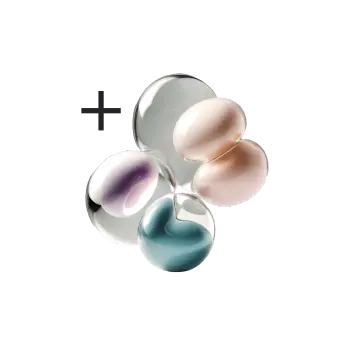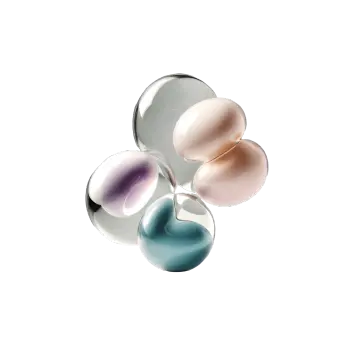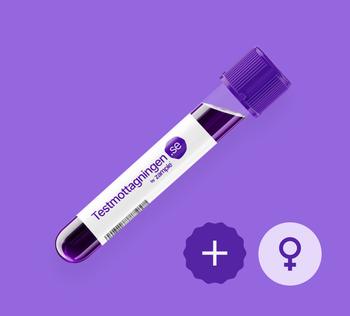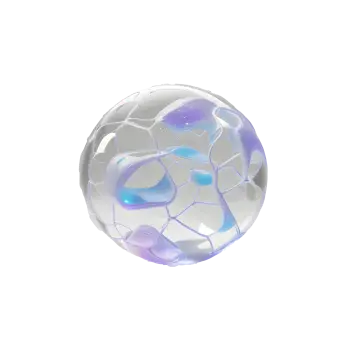Quick version
Quick Guide: Understanding Hormonal Changes
Estradiol and progesteron play vital roles not just in reproduction but also in overall well-being, affecting bone health, mood, and more. This article explores their dynamics throughout a woman's life stages.
- The menstrual cycle sees these hormones preparing the body for potential pregnancy, with estradiol building the uterine lining and progesterone stabilizing it post-ovulation.
- During pregnancy, levels rise significantly to support the fetus, with estradiol aiding development and progesterone ensuring uterine health.
- Postpartum, a dramatic drop in these hormones can contribute to challenges like "baby blues" or more severe postpartum depression.
- The perimenopause phase introduces irregular cycles and menopausal symptoms as hormone production slows.
- Menopause marks the end of fertility with lasting low hormone levels, leading to health challenges and emphasizing the importance of a healthy lifestyle and potentially hormone replacement therapy.
By monitoring your hormone levels, you can gain insights into your hormonal balance and address any imbalances. Learn more about our products below.
Estradiol and progesterone are key not only for reproduction but also affect various body functions, including bone health, mood, and overall well-being. This article explores the dynamics between estradiol and progesterone throughout a woman's life stages.
The menstrual cycle
The menstrual cycle is a monthly cycle where estradiol and progesterone work together to prepare the woman's body for potential pregnancy. Estradiol dominates the first half of the cycle, stimulating the buildup of the uterine lining. After ovulation, progesterone takes over, stabilizing the lining and preparing it for a possible implantation of a fertilized egg. If pregnancy does not occur, levels of both hormones decrease, leading to menstruation.

Here you can read more about what happens during ovulation.
Fertility and pregnancy
During pregnancy, the levels of estradiol and progesterone increase significantly to maintain a healthy environment for the fetus. Estradiol contributes to the development of the fetus and prepares the woman's body for childbirth and breastfeeding, while progesterone promotes the growth of the uterus and reduces its contractile activity to prevent premature birth.
Childbirth
As childbirth approaches, further hormonal changes occur to initiate and facilitate the childbirth process. The levels of progesterone decrease to allow the uterus to contract, while estradiol continues to play a role in preparing the breasts for breastfeeding.
After childbirth
Immediately after childbirth, the levels of estradiol and progesterone drop dramatically, which can contribute to the emotional and physical challenges new mothers experience, including "baby blues". For some women, this hormonal transition can lead to a more severe form of postpartum depression.
Hormonal imbalance and postpartum depression
Postpartum depression, a more severe form of postpartum emotional disorder, can partly be due to this hormonal imbalance. Studies have shown that women experiencing postpartum depression may have difficulties regulating the hormone levels after childbirth, which can negatively affect their mood and well-being.
Perimenopause
Perimenopause is the time before menopause where the woman's body gradually produces less estradiol and progesterone. This period can involve irregular menstrual cycles and the onset of menopausal symptoms such as hot flashes and night sweats, here you can read more about perimenopause.
Menopause
Menopause marks the end of the woman's fertile years and is associated with prolonged low levels of estradiol and progesterone. This can lead to various physical and emotional challenges, including continued hot flashes, decreased bone health, and mood changes, here you can read more about menopause.
After menopause
After menopause, the woman's body continues to adjust to the low levels of estradiol and progesterone. This time in a woman's life can bring an increased risk for health conditions such as osteoporosis and cardiovascular diseases, highlighting the importance of healthy lifestyle choices and possibly hormone replacement therapy for some women.
Hormonal balance in different phases – How to keep track of your levels
Estradiol and progesterone are central through all of a woman's life stages, from menstruation to after menopause. Their interaction affects not only reproductive health but also emotional and physical well-being, making it important to understand these hormones' roles and how they change through life. Increased knowledge and awareness of hormonal balance can help you manage periods of hormonal imbalance and related conditions.
By testing your levels, your test results can be compared to normal reference intervals for a woman in your current phase. Based on your test responses, you can gain greater insight into your hormonal balance and if there are actions that can be applied for any deviating values. Learn more about our various products below.


